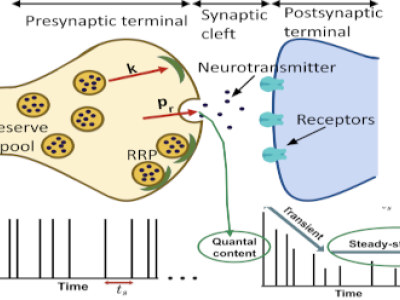Polyelectrolyte chains in different ionic environment
Polyelectrolyte (PE) polymers consist of repeating structural units called monomers, which carry charges. These charges result in repulsion between the monomers, potentially causing the polymer chains to stretch. A naturally occurring polyelectrolyte, DNA possesses highly charged phosphate groups along its backbone, which has a negative charge. This negative charge leads to electrostatic repulsion between DNA chains and depending on environmental conditions such as pH, temperature, and the presence of specific ions, these repulsions between the DNA monomers can be altered. Although much work has been done to understand the behavior of free PE chains, it is important to reveal their behavior on a nanoparticle's surface, where surface constraints, particle geometry, and multi-chain environment can affect their behavior.
To understand the behavior of DNA chains confined to a spherical surface in different salt environments, DNA-gold nanoparticle (AuNP) superlattices can be formed. Small-angle X-ray scattering was used to investigate the morphological changes in the DNA chains with increasing salt concentrations. The experimental results reveal that changes in monovalent salt cations are due to electrostatic interactions between the DNA backbone and the counter-ions. This behavior differs and becomes more complex when multivalent salts are present. Multivalent ions lead to a faster contraction of the DNA chains with increasing concentrations. This is due to a combination of electrostatic interactions and ion-bridging, where a multivalent counter-ion can bridge two or more DNA backbone monomers. This work tries of understand the fundamental difference between the interaction mechanism of DNA and salt environments.




